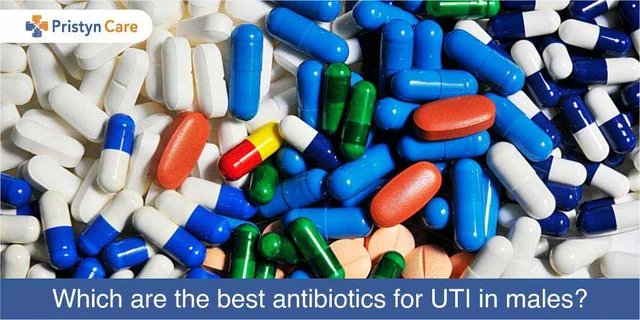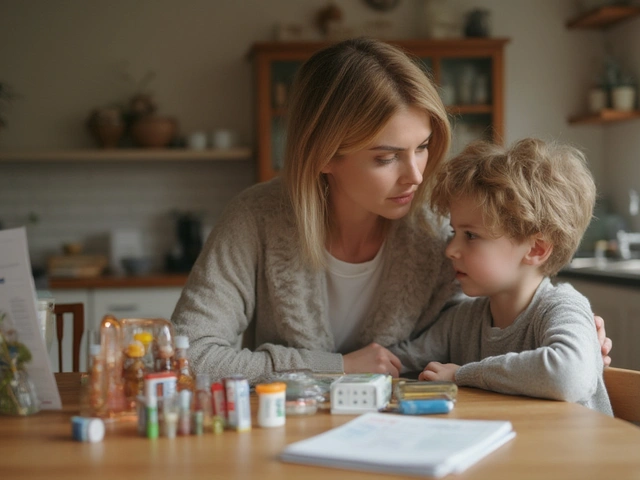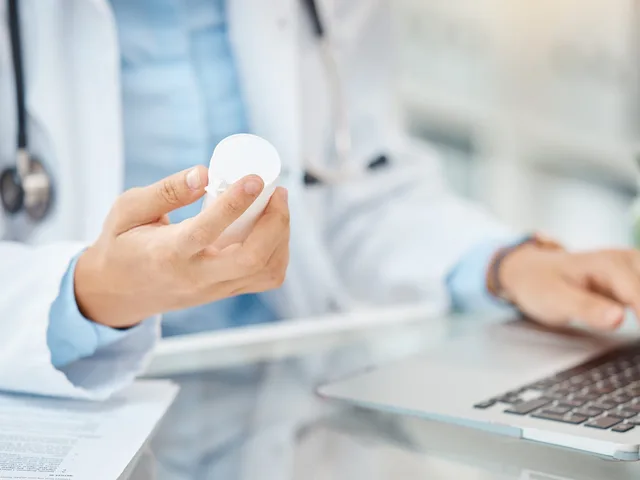Precautions: Stay Safe with Meds, Side Effects, and Online Purchases
When you search for medical info or buy drugs online, a few smart precautions keep you out of trouble. This tag collects practical articles that help you spot risky sites, avoid bad drug mixes, and handle side effects fast. Read one short step at a time and act before small problems grow.
Before you take a medicine
Always check the active ingredient, not just the brand name. That helps avoid doubling up when you take more than one product. Read the drug label for dosing and special warnings. If the label says ‘take with food’ or ‘avoid alcohol,’ follow it—those rules matter.
Ask about interactions. Use a pharmacist or a reliable online interaction checker before combining meds, supplements, or herbal products. If a medication can raise blood pressure, make sure nothing else you take does the same. Simple checks prevent common, dangerous problems.
Buying online and handling prescriptions
Not every online pharmacy is legit. Look for an actual business address, a professional pharmacist contact, and clear prescription rules. If a site sells controlled drugs or antibiotics without a prescription, treat it as risky. Don’t chase the lowest price if safety looks shaky.
When buying antibiotics or specialty meds, confirm shipping rules and storage during transit. Some drugs need refrigeration or fast delivery. If the seller can’t explain how they handle temperature-sensitive items, choose a different source.
For high-risk meds—like isotretinoin or strong opioids—follow program rules (such as pregnancy-prevention steps for isotretinoin). These programs exist because the risks are real. Skipping required tests or paperwork increases danger for you and others.
Spot check reviews and cross-reference pharmacy names with watchdog sites before you order. Secure payment and privacy policies are good signs, but not the whole story. When in doubt, call your local pharmacist and ask if the product and dose make sense.
If you get an unexpected side effect—severe rash, breathing trouble, swelling, fainting—stop the drug and seek emergency care. For milder side effects, call your prescriber or pharmacist for a quick plan: change the dose, switch drugs, or add an anti-symptom treatment.
Store meds safely: cool, dry places away from kids and pets. Keep inhalers and eye drops in recommended conditions. Dispose of old or unused pills through take-back programs or pharmacy drop-offs—don’t flush or toss them in household trash.
Shortages happen (think inhalers or specialty antibiotics). If your regular drug is out, talk to your clinician about approved alternatives and temporary strategies. Never improvise with unclear substitutes.
Want specific how-tos? Browse the posts under this tag for guides on buying certain drugs, managing side effects, and saving on prescriptions. If something feels risky, ask a professional—your pharmacist or prescriber can often sort it out fast.

As a blogger, I want to share important information about valproic acid and its potential effects on pregnancy. Valproic acid is a medication used to treat epilepsy and bipolar disorder, but it has been linked to serious birth defects when used during pregnancy. If you or someone you love is taking valproic acid, it's crucial to discuss alternative treatment options with a healthcare provider before trying to conceive. The potential risks to the unborn child can be significant, so it's vital to be well-informed and make the best decision for your family. Remember, your health and your baby's health should always be a top priority.
Chris Gore May 13, 2023



